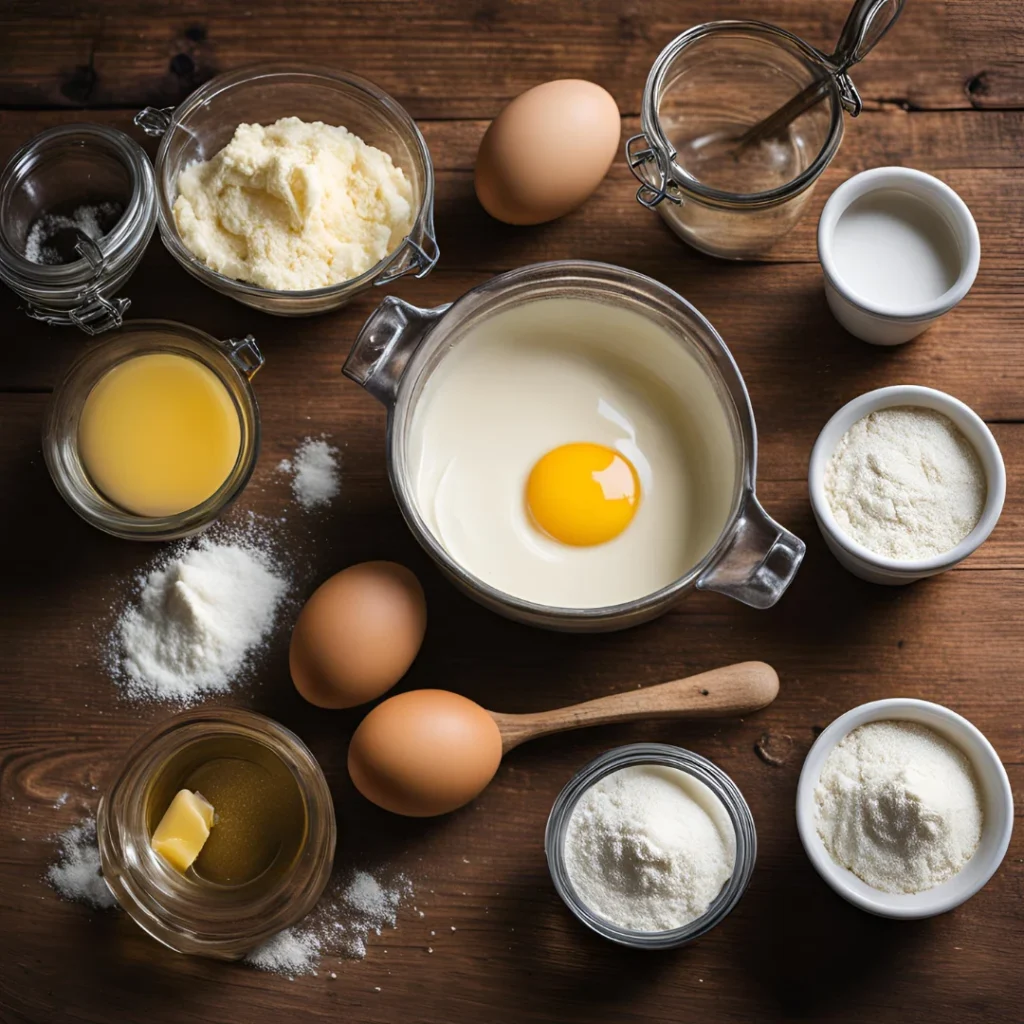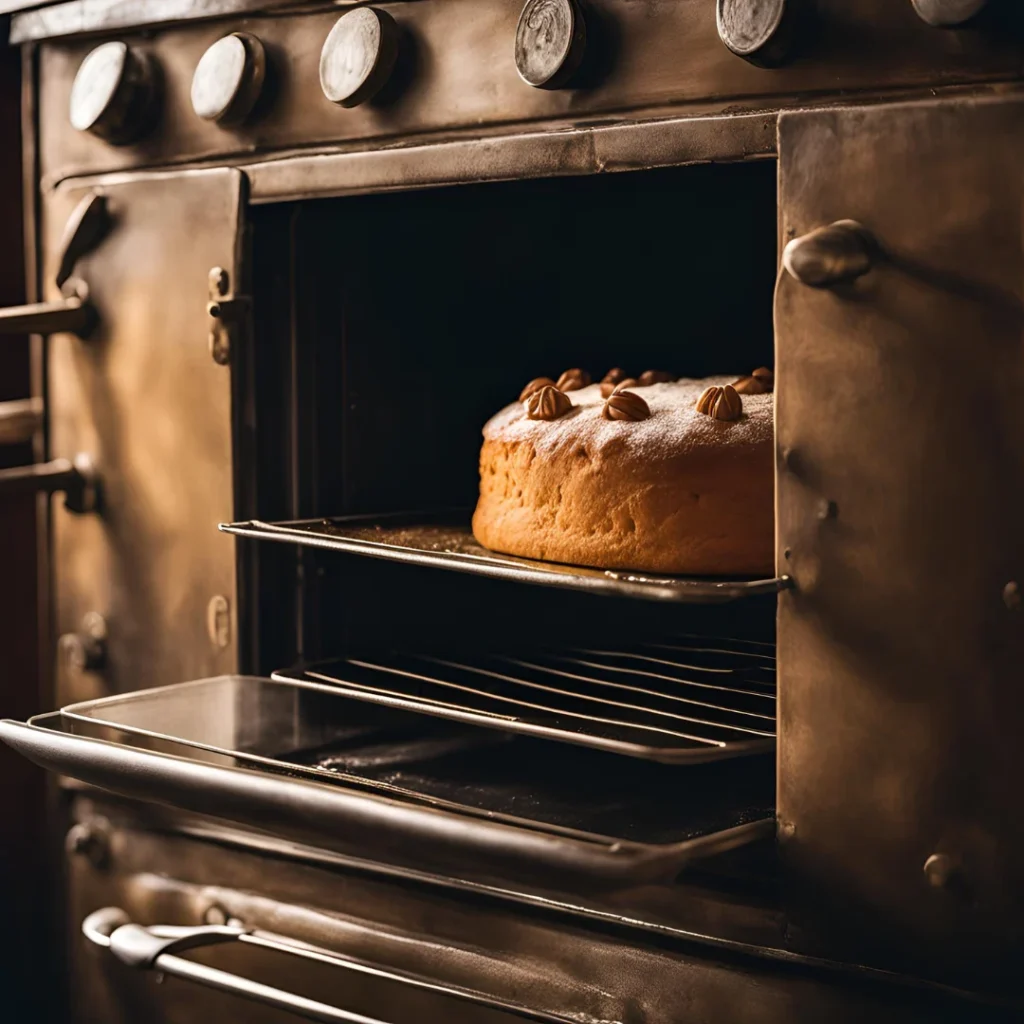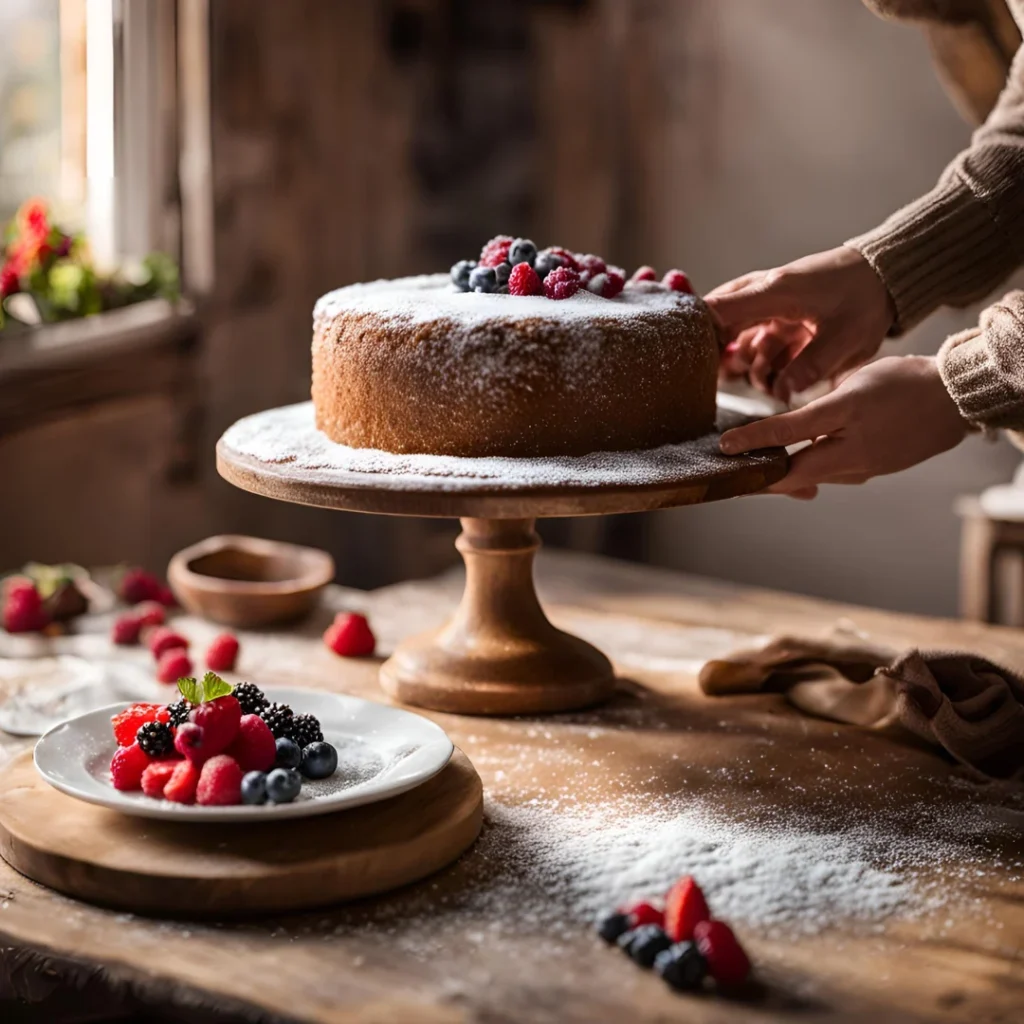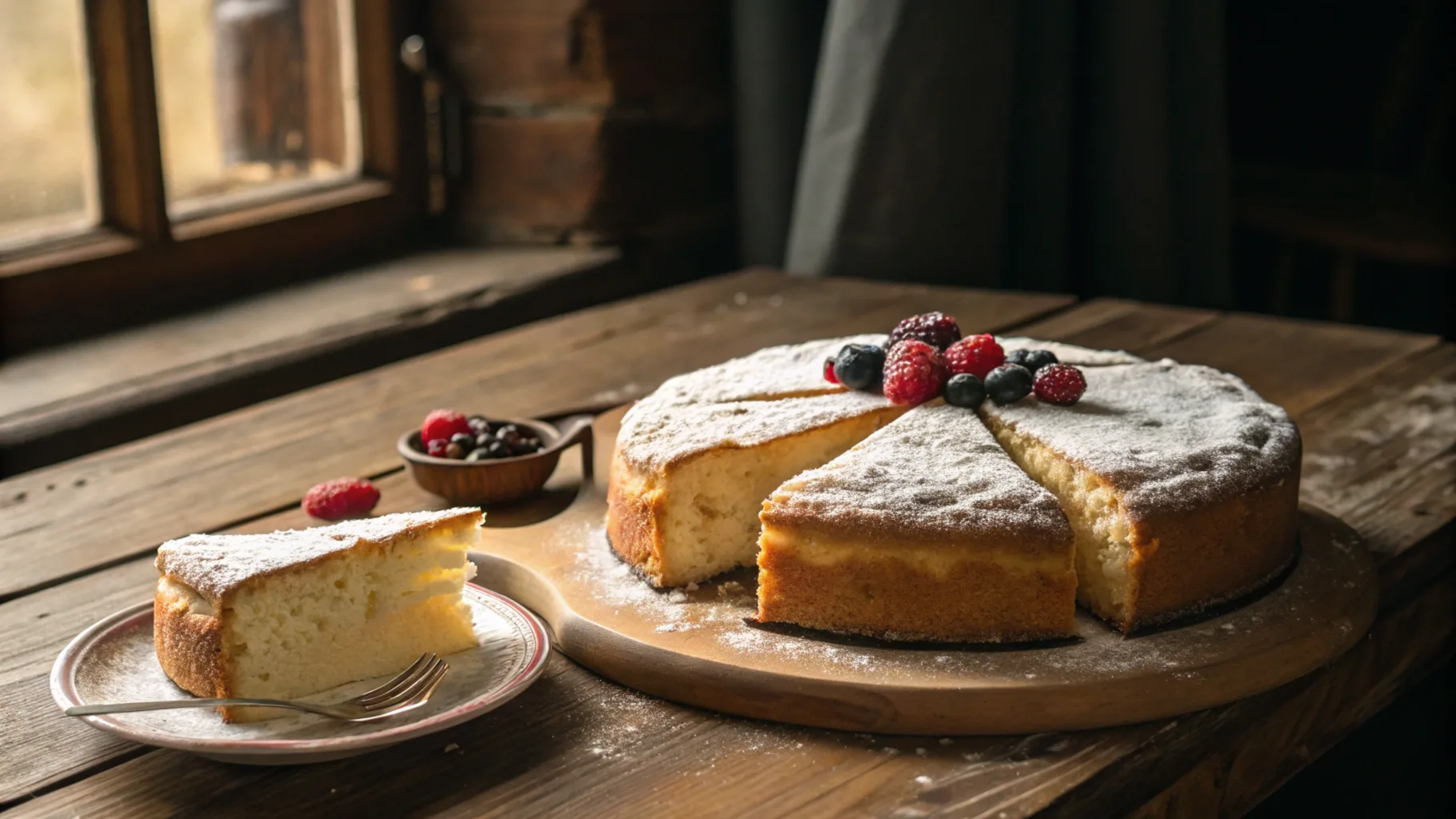Introduction
Vintage cakes carry with them a sense of nostalgia and charm that modern desserts often fail to capture. These cakes are not just about taste; they evoke memories and traditions passed down through generations. The beauty of vintage cake lies in its timeless appeal, made with simple, yet rich ingredients. In this article, we will explore what makes a cake “vintage,” its historical origins, the essential ingredients, and why these cakes remain beloved even today.
Table of contents
What Makes a Vintage Cake Unique?
When we think of a vintage cake, we often picture a dessert that has stood the test of time. But what exactly qualifies a cake as “vintage”? It’s more than just age. A vintage cake typically comes from traditional recipes passed down through generations. These recipes often use ingredients and techniques that may seem quaint by today’s standards.
- Classic Ingredients: Vintage cakes tend to use basic, non-processed ingredients such as real butter, fresh eggs, and pure vanilla extract.
- Old-Fashioned Techniques: Many vintage cake recipes call for hand mixing rather than machine mixing, giving them a more rustic feel and a unique texture.
- Simpler Decoration: The decoration of vintage cakes is often minimal, focusing more on the flavor than the elaborate designs seen in modern cakes.
In essence, a vintage cake is a product of its time, built upon traditions that emphasize quality over quantity.
Historical Origins of Vintage Cakes
TTo reduce the passive voice in this section, let’s revise some sentences to use active voice. Here’s the improved version:
The origins of vintage cakes trace back centuries, influenced by European and American baking traditions. In the past, families reserved cakes for special occasions, and they closely guarded their recipes as family secrets.
- European Influence: Early cake recipes drew from European traditions, especially British and French influences. Cakes like fruitcake and sponge cake have roots in 17th and 18th-century European cooking.
- American Adaptations: As cake recipes traveled to America, bakers adapted them to suit local tastes and ingredients, incorporating American-grown fruits, nuts, and spices.
Vintage cakes, such as the famous Churu Chicken Amarillo and Sponge Cake, not only delighted with their taste but also helped preserve seasonal fruits and vegetables, ensuring families could enjoy sweet treats even during off-seasons.
Popular Vintage Cake Variants
Over time, certain vintage cake types have become synonymous with celebrations and comfort. Some of the most iconic vintage cakes include:
- Fruitcake: Often associated with the holiday season, fruitcake is a rich, dense cake filled with dried fruits, nuts, and spices.
- Sponge Cake: A light and airy cake, sponge cake became popular in both the UK and America.
- Angel Food Cake: Made with egg whites, this delicate cake was often served at special occasions.
Each of these variants carries with it a piece of history, offering a glimpse into the culinary past while still delighting our taste buds today.
Each of these variants carries with it a piece of history, offering a glimpse into the culinary past while still delighting our taste buds today. For another example of a delicious, timeless recipe, try the Vanilla Nut Granola Recipe.
The Role of Ingredients in Vintage Cake Baking
Ingredients are the backbone of any cake, and for vintage cakes, they play an even more crucial role. The quality of the ingredients, often simple and unpretentious, directly impacts the flavor and texture of the cake.

The Importance of Butter in Vintage Cake Recipes
One of the key ingredients in most vintage cakes is butter. Unlike modern cakes that may rely on vegetable oil or margarine, vintage cakes often feature butter as the primary fat source. Butter imparts a richness and depth of flavor that cannot be replicated with other fats.
- Flavor: Butter gives a sweet, creamy flavor that adds to the cake’s overall taste profile.
- Texture: Butter contributes to a tender, moist crumb in cakes, especially when used in the right proportions.
- Aromatic Appeal: The smell of butter baking is often linked to the cozy, comforting feel that vintage cakes bring.
Despite the rise of health-conscious baking, butter remains a fundamental ingredient in vintage cakes for its rich texture and flavor.
Flour and Sugar – Essential Staples in Vintage Cakes
The two most essential ingredients in any vintage cake are flour and sugar. These ingredients may seem simple, but their quality and the balance between them can make or break a cake.
- Flour: The type of flour used in vintage cakes can vary. Traditionally, all-purpose flour is the most common, but for certain cakes like sponge cake, cake flour was preferred due to its finer texture.
- Sugar: Sugar sweetens the cake, but it also plays a critical role in the structure and moisture. In vintage cakes, sugar is used in its most basic form – granulated white sugar, without the addition of modern substitutes.
These two ingredients, when combined with others like eggs and butter, create the base for many traditional cake recipes.
Special Additions in Vintage Cakes
While vintage cakes often start with the simplest ingredients, special additions elevate them. These include:
- Spices: Cinnamon, nutmeg, and cloves frequently appeared in vintage cakes, especially during the colder months.
- Fruit: Dried fruits, such as raisins and currants, along with fresh fruits like apples and berries, commonly found their way into cakes.
- Nuts: Walnuts, almonds, and pecans often added texture and flavor.
Bakers didn’t just add these ingredients for flavor; they also helped preserve the cakes, especially during long winters when fresh produce wasn’t available.
Baking Techniques for Vintage Cakes
Baking a vintage cake requires more than just following a recipe. The techniques used in the preparation and baking process can dramatically affect the final product.
Hand Mixing vs. Machine Mixing
While modern bakers may rely on stand mixers or hand mixers, many vintage cake recipes were designed for hand mixing. Hand mixing allowed the baker to control the texture of the batter and create a lighter, fluffier cake.
- Gentle Mixing: Mixing by hand helps maintain the delicate balance of air in the batter, which results in a lighter crumb.
- Time-Consuming: While hand mixing requires more time and effort, it gives bakers a greater sense of control over the final texture.
In contrast, machine mixing is faster but may lead to overmixing, which can make the cake dense or tough.

The Oven Temperature and Cake Quality
The temperature of the oven is critical in baking vintage cakes. A slightly too high temperature can cause the cake to burn or over-brown on the outside while remaining raw in the middle.
- Slow and Steady: Vintage cakes often required a moderate oven temperature to ensure even baking.
- Accurate Oven Thermometer: Many vintage recipes didn’t account for the variances in modern ovens, so it’s important to use an oven thermometer to ensure the correct temperature.
By following the precise baking instructions, vintage cakes maintain their delicate structure and texture.
Famous Vintage Cake Recipes
Some vintage cake recipes have become iconic over time, representing the pinnacle of traditional baking. These cakes have been passed down from one generation to the next and are beloved for their taste and nostalgia.
Fruitcake – A Vintage Favorite
One of the most famous vintage cakes is fruitcake, a dense, moist cake filled with dried fruits, nuts, and spices. Fruitcakes are traditionally prepared well in advance of consumption, allowing the flavors to mature and meld together.
- Rich and Dense: Fruitcakes are packed with flavor and tend to be much heavier than modern cakes.
- Aged for Perfection: Many bakers recommend aging fruitcake for several weeks or even months before serving.
Despite its reputation as a holiday treat, fruitcake is enjoyed year-round by those who appreciate its rich, bold flavor.
Despite its reputation as a holiday treat, fruitcake is enjoyed year-round by those who appreciate its rich, bold flavor. If you’re looking for a lighter option, try the Sour Cream Burnt Grapes for a refreshing snack.
Sponge Cakes from the Past
Sponge cakes, known for their light and airy texture, have been a staple in vintage baking for centuries. Early bakers made sponge cakes by hand, achieving their delicate texture through careful egg separation and gentle folding.
- Light and Airy: The key to a great sponge cake is whipping the eggs to create volume and then gently folding them into the dry ingredients.
- Versatile: Sponge cakes can be dressed up with frosting or served plain, and they often serve as the base for layered cakes.
Sponge cakes represent the epitome of simple elegance in vintage cake recipes.
Sponge cakes represent the epitome of simple elegance in vintage cake recipes. For a variation, try the Vanilla Nut Granola Recipe for a delightful, easy snack.
Cake Decoration in Vintage Cakes
Unlike modern cakes, which are often elaborately decorated with fondant, piping, and intricate designs, vintage cakes were typically decorated simply. The focus was on the cake’s taste and texture, rather than its appearance.
- Minimalist Decorations: Vintage cakes often featured a simple dusting of powdered sugar or a basic buttercream frosting.
- Natural Garnishes: Fresh fruit or nuts were commonly used to decorate cakes in a rustic, natural style.
This approach to decoration highlights the cake’s traditional origins, emphasizing quality over aesthetics.

Why Vintage Cakes Are Still Popular
Despite the rise of modern baking trends and convenience foods, people continue to cherish vintage cakes. Several factors explain their enduring popularity.
Nostalgia and Comfort
For many people, vintage cakes are tied to memories of family gatherings and special occasions. The simple, comforting flavors of a vintage cake remind us of simpler times, offering a sense of connection to our past.
- Connection to the Past: Baking and enjoying vintage cakes can evoke cherished memories of childhood, family traditions, and holidays.
- Comforting Flavors: The familiar flavors of vanilla, butter, and spices provide a sense of warmth and comfort.
Vintage cakes are, therefore, not just about food; they are about experiencing a piece of history.
The Revival of Vintage Baking
In recent years, many home bakers have rediscovered vintage cake recipes, sparking a resurgence in interest in traditional baking methods. This revival stems from a desire for simpler, more authentic foods in a world dominated by processed options.
- Back to Basics: Home bakers embrace vintage cake recipes because they use whole, natural ingredients.
- Authenticity: People seek authenticity in their food, and vintage cakes offer a genuine, nostalgic experience.
This trend reflects a desire to slow down, embrace the art of baking, and reconnect with the past.
FAQs
Why is it called a dump cake?
A dump cake earns its name from the easy preparation method, where you simply “dump” all the ingredients into a baking pan without mixing. You layer ingredients like cake mix, fruit, and butter, then bake. This fuss-free approach makes it a popular choice for quick, vintage-style desserts with minimal effort.
What is a vintage cake breaker?
A vintage cake breaker is a tool used to slice and serve cakes, commonly found in kitchens of earlier times. Designed with a sharp edge, it easily cuts through denser or layered cakes. The term “vintage” refers to both the style and age of the tool, reflecting the design preferences and kitchen technologies of previous generations.
What cakes were popular in the 1960s?
During the 1960s, cakes became an integral part of celebrations and family gatherings. Some popular cakes from this era include:
Angel Food Cake: Known for its light, airy texture, often paired with fruit or whipped cream.
Chiffon Cake: A moist, delicate cake with a custard-like texture, which became a favorite during the decade.
Pineapple Upside-Down Cake: A classic dessert featuring caramelized pineapple slices on top.
Chocolate Layer Cake: A staple at birthdays and parties, often topped with rich frosting.
What is the vintage cake trend?
The vintage cake trend revives traditional recipes and baking techniques, focusing on simplicity, quality ingredients, and nostalgic flavors. It emphasizes basic ingredients like butter, eggs, flour, and sugar, avoiding processed ones.
What is the vintage cake style called?
The vintage cake style, often called “retro” or “classic” cake making, emphasizes simple ingredients and traditional baking methods that highlight the cake’s natural flavors. These cakes typically feature minimal decorations, such as buttercream frosting, simple glazing, or powdered sugar dusting.
Conclusion
In conclusion, vintage cakes are more than just desserts—they are a part of our cultural heritage. These cakes, made with simple, natural ingredients and timeless techniques, have endured for generations. Whether you’re baking a fruitcake or a sponge cake, these vintage treats offer a taste of the past that continues to bring comfort and joy. With their emphasis on quality and tradition, vintage cakes remain beloved, reminding us that sometimes, the best things in life are those that stand the test of time.

